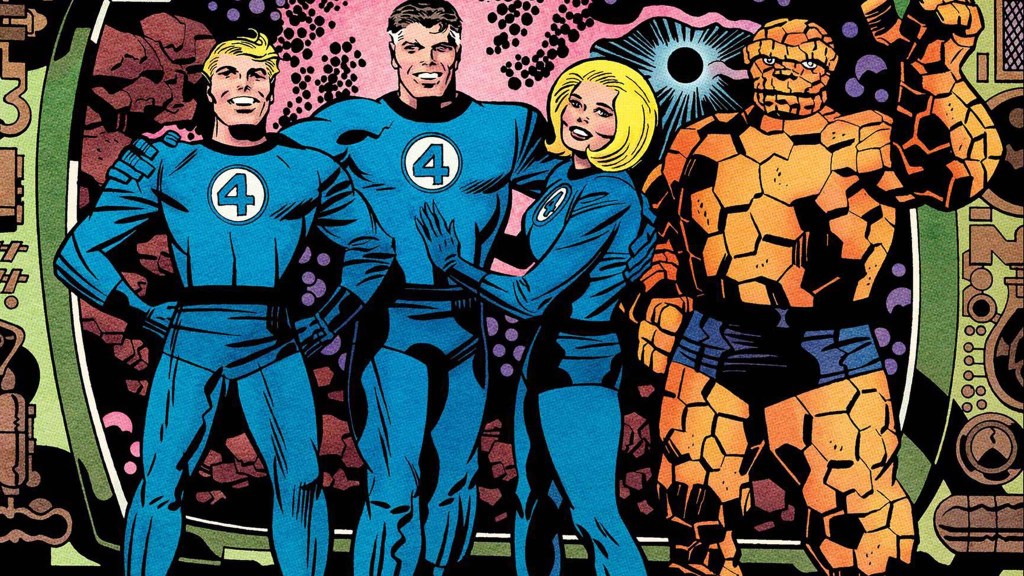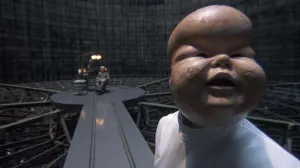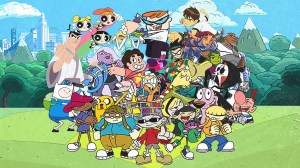For decades, the codenames of Marvel’s First Family, The Fantastic Four, have been as iconic as their powers. Mister Fantastic, Invisible Woman, Human Torch, and The Thing — these nicknames are ingrained in the fabric of comic book history and pop culture itself, instantly recognizable to fans worldwide. Yet, for many, the exact moment and reasoning behind the names have remained largely unspoken within the pages, often assumed or passed over as a given. The mystery has long fueled fan speculation. In the pages of Captain America #1, written by Chip Zdarsky with art by Valerio Schiti, a seemingly routine encounter involving Steve Rogers in the modern day unexpectedly sheds light on this very mystery, providing a definitive answer to a long-held curiosity.
Videos by ComicBook.com
As Captain America navigates a world decades removed from his own time, a meeting in a public diner provides a glimpse into how The Fantastic Four came to be known by their legendary aliases. This pivotal moment offers a rare and candid exchange, directly addressing a long-standing fan question and adding a fresh layer of depth to the origins of Marvel’s pioneering super-team, revealing a surprising practicality behind their public identities.
An Unlikely Encounter and a Familiar Face Set the Stage

The scene unfolds with Steve Rogers, fresh out of the ice in the contemporary world, finding himself sharing a meal with one of the most famous faces of present-day: Reed Richards, the leader of The Fantastic Four. Steve’s presence as an iconic figure from a bygone era and all over the 24/7 news cycle naturally draws attention, particularly from a group of teenagers. However, the true revelation of this encounter centers around Reed himself. The teens, recognizing the brilliant scientist, are quick to address him by his superhero name, asking if he was indeed Mister Fantastic.
Reed Richards’ reaction to being identified is particularly telling. Rather than embracing the public acknowledgment, he subtly yet effectively uses his extraordinary abilities to reshape his facial features with ease, altering his appearance to deny the teens’ claims. This quiet act of self-preservation, a testament to his desire for a semblance of privacy even amidst his celebrity, is an intriguing detail that humanizes the otherwise quiet leader of The Fantastic Four. This seemingly minor public interaction, however, sets the stage for a much larger piece of Fantastic Four lore to be unveiled, deepening our understanding of their public personas.
Reed Richards Explains the Logic Behind the Codenames


Following the encounter, Steve Rogers, ever curious and perceptive, seizes the opportunity to question Reed about the incident. His question is answered with more than expected, exposing the very nature of The Fantastic Four’s public identities. Reed’s rationale offers a logical and surprisingly practical foundation for the aliases, demystifying a key aspect of their origin story and providing insight into their choice to operate without traditional secret identities.
He explains that the team chose never to have secret identities, and took on the nicknames instead. It was impossible for Ben to have a secret identity, even if he tried, thus becoming The Thing— his transformation too noticeable to conceal. Sue’s nickname was an on-the-nose reflection of her exact powers, giving her the ability to simply turn invisible to evade unwanted recognition whenever she chose. Johnny’s “Human Torch” nickname was a response to his love for attention; the title blazing as bright as his flamboyant personality and reflecting his very visible powers. However, out of the whole First Family, Reed explains that he is the shyest, which led him to choose a nickname with connotations that he felt he could never truly live up to in public, allowing him to largely go unnoticed and providing a personal buffer. However, if the occasion arose where people recognized him as Mister Fantastic, Reed could simply use his powers to do exactly what he did in the diner with Steve: alter his very face and essentially disappear into anonymity once more.
Reed’s explanation reveals that these names were shaped by both their powers and the public’s perception, and were not chosen lightly. They were practical decisions born out of necessity and personality. This newfound insight only adds to the lore of The Fantastic Four, giving a layer of pragmatism to their legendary status and solidifying how their public personas became linked to their extraordinary abilities.









